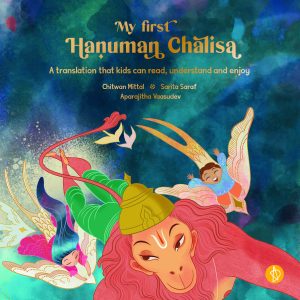Ruskin Bond needs no introduction. The Sahitya Akademi and Padma Bhushan winning author is almost synonymous with nature writing. his words bring out the profound impact of nature on the human mind. Not only is he a living example of how natural bonds truly enhance the quality of our lives, but his works enrich readers’ lives and bring them closer to nature. A Tree of my Own (Talking Cub) targets young readers but the poem is relevant across all age groups.
The exquisitely illustrated picture book is a poem depicted as a picture book with a little stanza on each page. It tells the story of a boy who decides that he must have a tree of his own, and how he sets off the mystical process of growth by simply flipping a seed in the ground. What ensues is a miracle in that nature is resilient and the little seed soon blossoms into a giving plant. There are moments in the journey that touch the reader. When the child tastes the sole cherry that has sprung on his tree, and relishes it’s sweetness, and also when he rests in the shade of the tree.
A Tree of My Own, illustrated by Barkha Lohia is a visual delight as well. The lushness of nature comes alive in all vibrancy, as does the heartwarming feeling that comes from being in sync with nature.
I cannot help but contrast the title of this poem to another famous literary work, an essay by Virginia Woolf. In this piece, titled A Room of my Own, Woolf asserts the need for women to have space – mental, physical, financial , social, to truly live optimally. In similar vein, every human being needs nature, and needs to experience the restorative powers of nature. This is why in a sense, there is a need for A Tree of my Own for each person!
Applications
- Meant for the 6 plus age group, but could be used as a discussion base for older kids as well.
- Read this along with children to create an awareness of the need for letting nature be an integral part of your life by actually ‘having’ a plant or tree that one is responsible for. Elements such as tasting the fruit, the process of growth etc.
- The book could be used in therapeutic settings or group discussions, especially with children, to talk about the resilience of nature, and how it is all-giving.
- Good staring point to introduce children to the works of Ruskin Bond.




